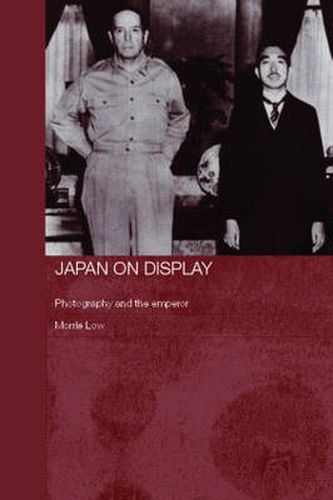Readings Newsletter
Become a Readings Member to make your shopping experience even easier.
Sign in or sign up for free!
You’re not far away from qualifying for FREE standard shipping within Australia
You’ve qualified for FREE standard shipping within Australia
The cart is loading…






The Emperor Hirohito is central to the history of modern Japan, but he is inexplicably missing from the history of Japanese science. This book is an attempt to put the Emperor back into that history by exploring the linkages between science, photography and the Emperor. It examines aspects of Emperor Hirohito’s life, especially his scientific career and his imperial tours that are seldom discussed in the literature. The book incorporates an array of sources including collections of old photographs, Occupation-period archival documents, and Japanese language sources to argue that science and photography helped reinvent the emperor and the nation. Covering a period of over a hundred years, from the Meiji period through to the Emperor’s death in 1989, this book presents a fresh and compelling account of how visual imagery made the Emperor and the Japanese nation visible.
$9.00 standard shipping within Australia
FREE standard shipping within Australia for orders over $100.00
Express & International shipping calculated at checkout
The Emperor Hirohito is central to the history of modern Japan, but he is inexplicably missing from the history of Japanese science. This book is an attempt to put the Emperor back into that history by exploring the linkages between science, photography and the Emperor. It examines aspects of Emperor Hirohito’s life, especially his scientific career and his imperial tours that are seldom discussed in the literature. The book incorporates an array of sources including collections of old photographs, Occupation-period archival documents, and Japanese language sources to argue that science and photography helped reinvent the emperor and the nation. Covering a period of over a hundred years, from the Meiji period through to the Emperor’s death in 1989, this book presents a fresh and compelling account of how visual imagery made the Emperor and the Japanese nation visible.